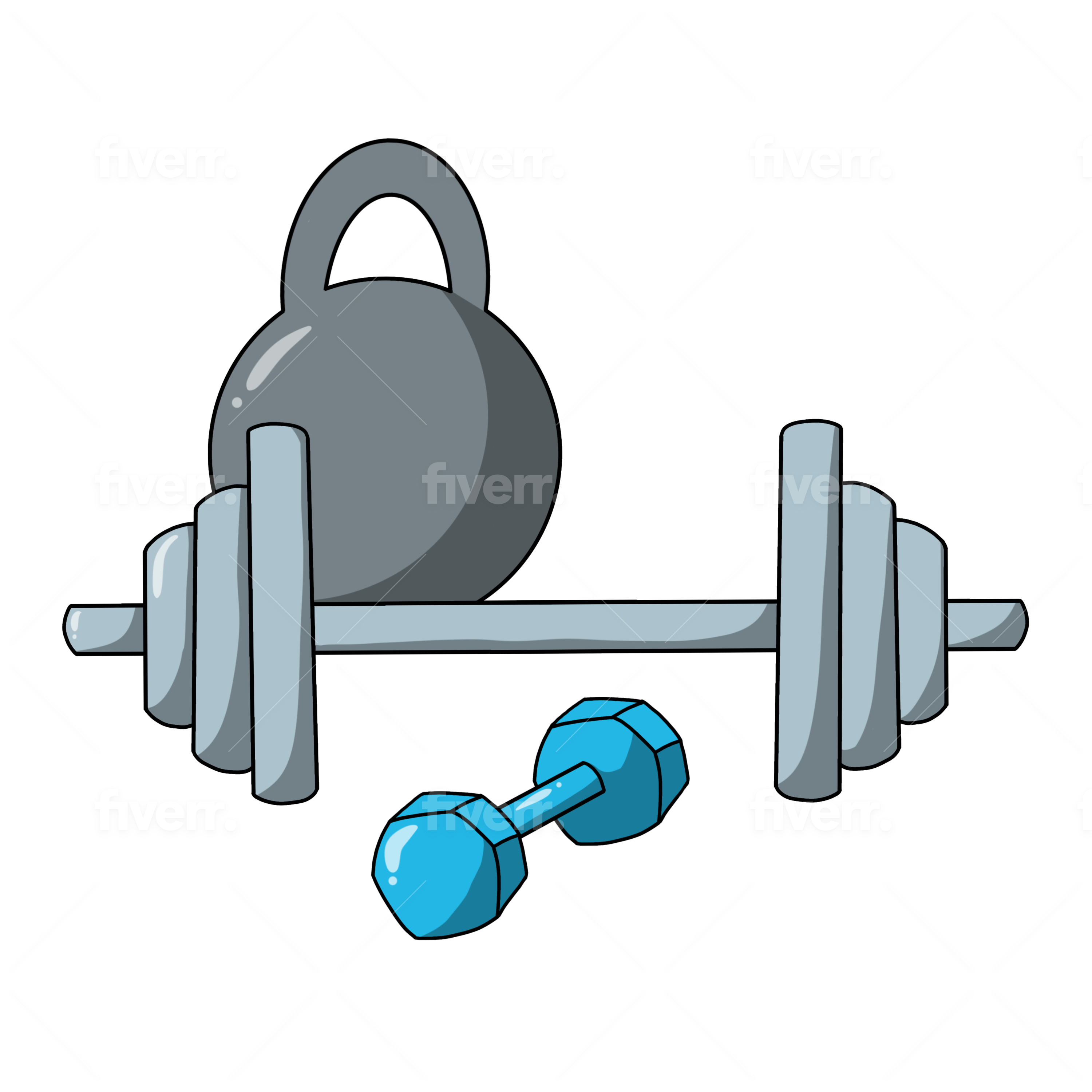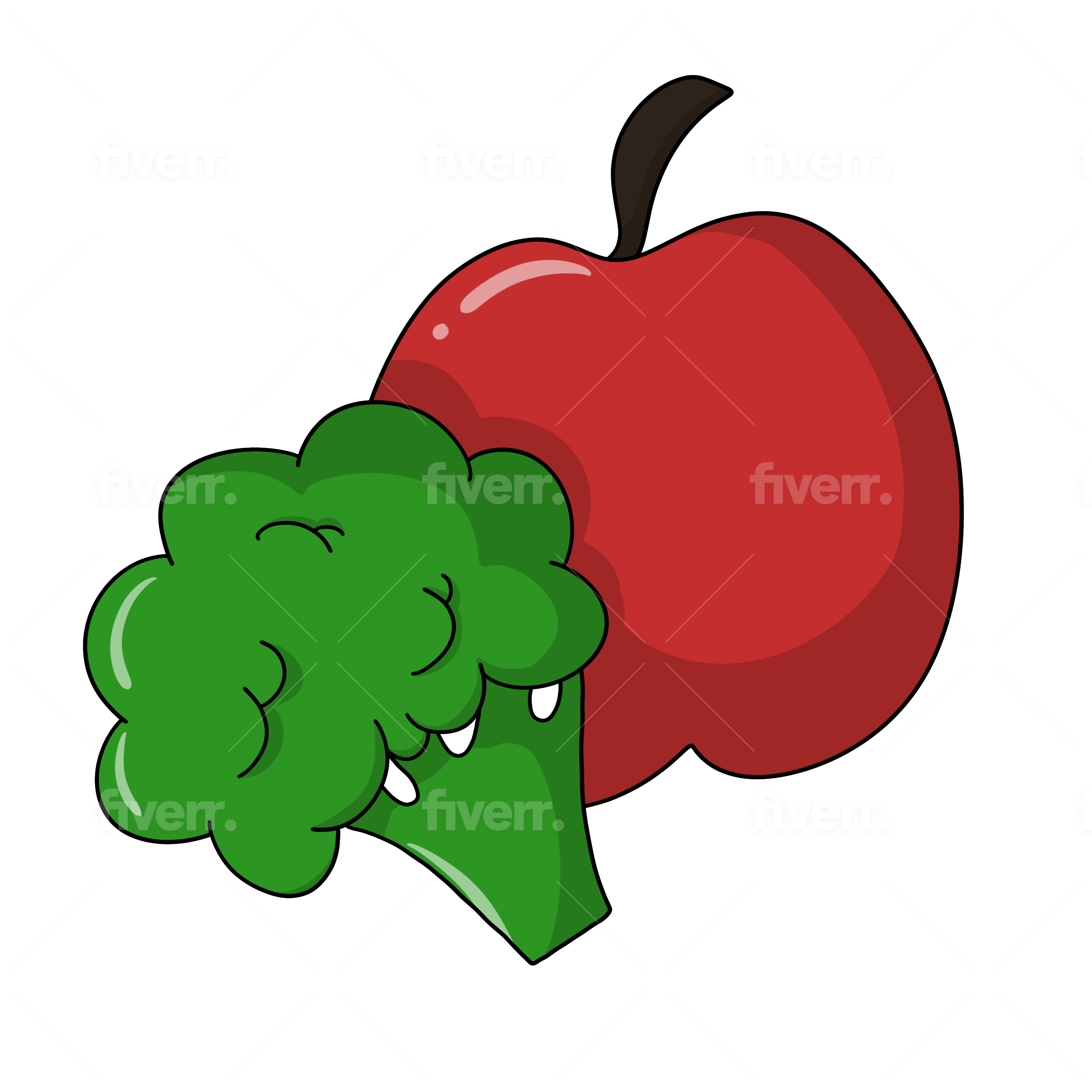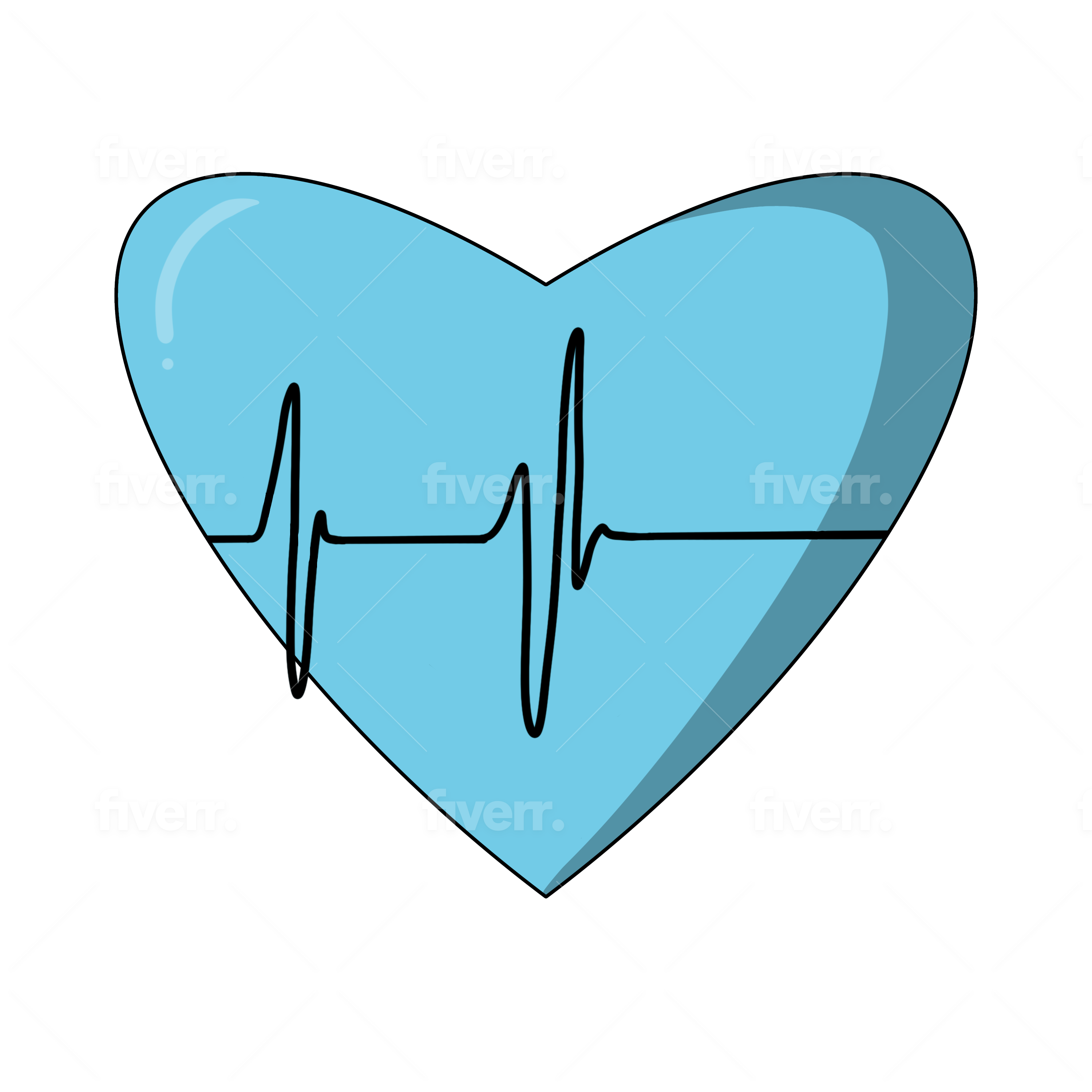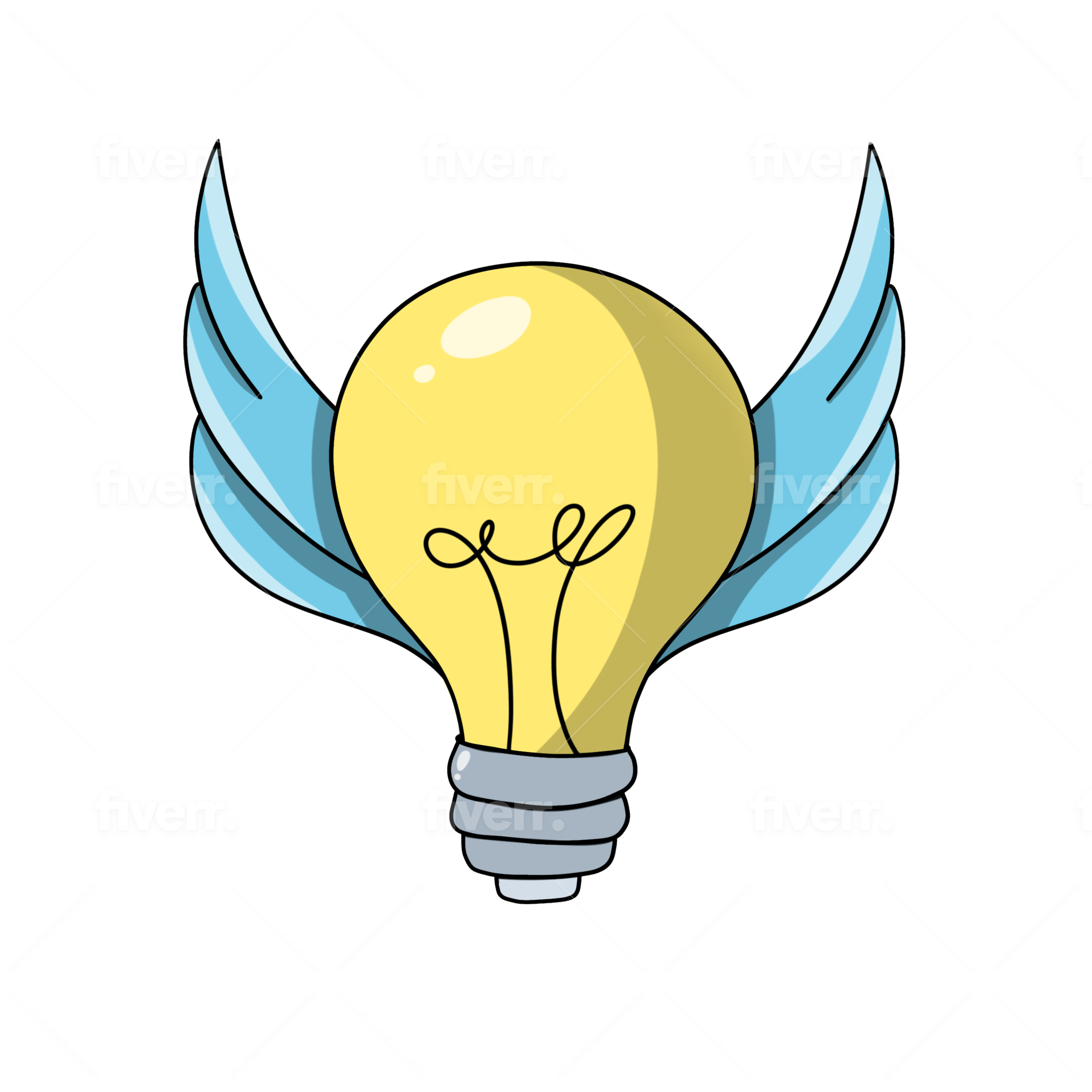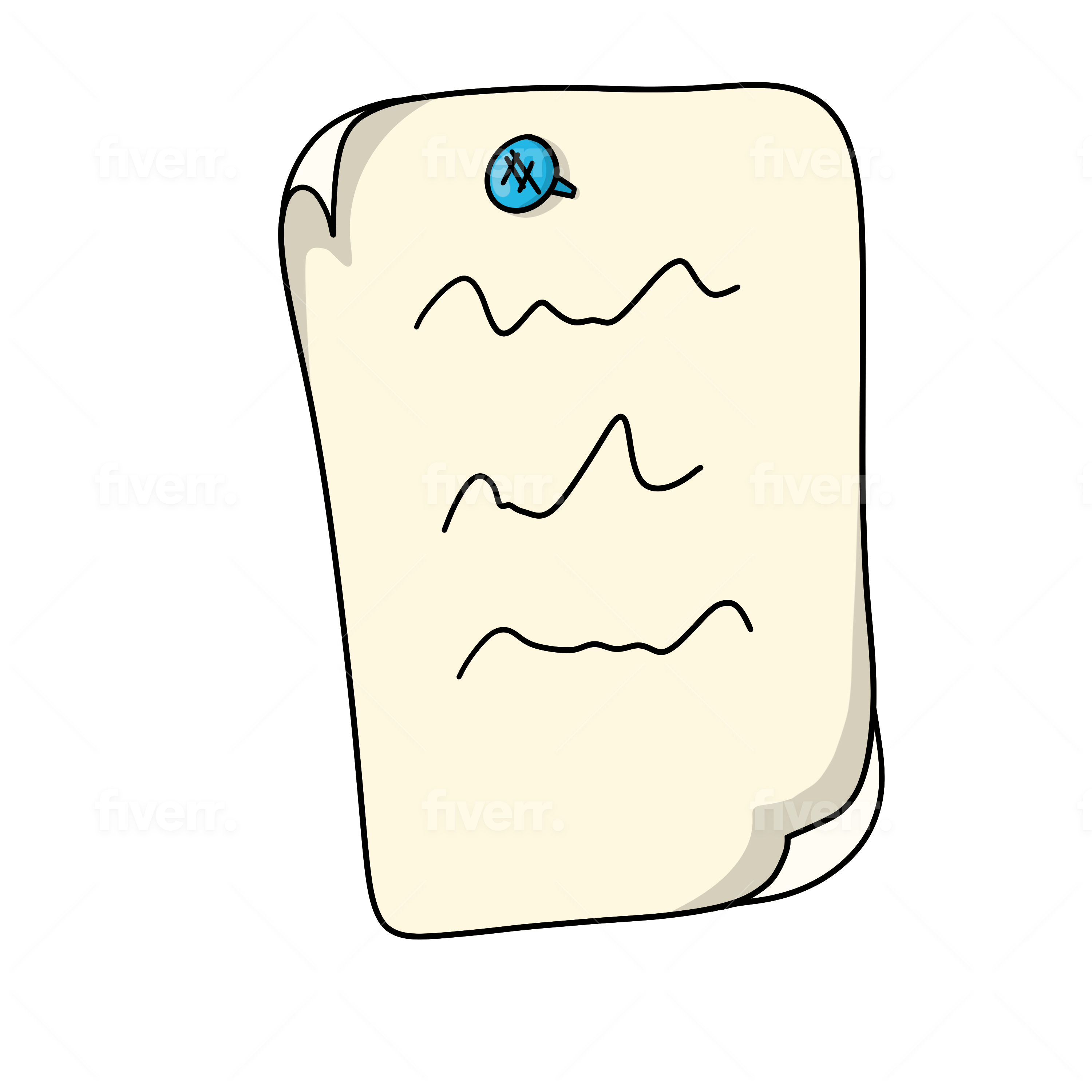"He who has a why to live can bear almost any how." — Friedrich Nietzsche
If you have ever started a program with sky-high motivation only to fizzle out weeks later, you are not alone. Willpower is a spark; your why is the fuel. When you know exactly why your health matters to you, decisions get simpler, workouts feel purposeful, and progress compounds.
What your why really is (and what it is not)
Your why is the deeper reason you want to be fit—the role you want to play, the experiences you want to have, the person you are becoming. It is intrinsic (health, energy, confidence, presence for family) rather than purely extrinsic (numbers on a scale, likes on a post). Extrinsic goals can kick-start you, but intrinsic reasons keep you going when life gets hectic.
A 10-minute exercise to uncover your why
- Fast-forward vision (3 min): Close your eyes and picture yourself 12 months from now at your healthiest. Where are you? Who is with you? What can you do effortlessly that currently feels hard?
- Values snapshot (3 min): Circle the top 3 that resonate: energy, family, freedom, growth, confidence, resilience, joy, patience, service, adventure. Why those?
- Five whys (3 min): Write a goal (e.g., run 5K). Ask "Why is that important?" Answer it. Ask "Why is that important?" Repeat five times. The fifth answer usually hits the heart.
- North Star statement (1 min): Combine the insights into one sentence you can say out loud: "I train to show up with energy and patience for my family, now and 20 years from now."
From why to a plan you will actually follow
A strong why is your compass; habits are your map. Turn meaning into motions with these steps:
- Translate to process goals: Instead of only "lose 10 lbs," choose "3 strength sessions/week" and "8,000+ steps/day."
- Make it specific (SMART-ish): What, when, where, how long. "Mon/Wed/Fri at 7:00am, 30 minutes in the living room."
- Implementation intentions: If-Then scripts remove debate. "If it is 6:45am, then I put on shoes and start my warm-up." "If I miss a morning, then I do a 10-minute session at lunch."
- Habit stacking: Attach a new action to a stable cue. "After I make coffee, I do 10 bodyweight squats."
- Minimum viable workout: Define your "floor" so consistency never breaks: 5 minutes counts. Many "meh" workouts beat a perfect one you never start.
- Design your environment: Set out shoes the night before, keep a dumbbell by your desk, put a yoga mat where you will trip over it. Reduce friction; reduce excuses.
Track what matters to your why
Measure leading indicators you control and lagging outcomes that follow:
- Leading: Sessions completed, steps, sleep hours, protein/veggie servings, mobility minutes.
- Lagging: Strength PRs, resting heart rate, waist/hip measures, pace or time trials, body weight (trendline, not day-to-day).
Do a 10-minute weekly review:
- Wins I am proud of.
- What moved me toward my why?
- What got in the way?
- One tiny tweak for next week.
- Re-read my North Star statement.
Common roadblocks and how to respond
- No time: Keep a 10-minute "travel" workout (squats, push-ups, rows, planks) and a 5-minute "micro" option (3 moves you can do anywhere). Book them like meetings.
- Boredom: Rotate formats every 4 weeks (circuits, EMOM, tempo, intervals). Keep the habit; change the flavor.
- Setbacks/illness: Use the "tiny restart": day 1 = 5 minutes, day 2 = 8 minutes, day 3 = 12 minutes. Ramp back up without ego.
- Plateaus: Review sleep, protein, step count, and progressive overload. Often the simplest lever (another 500 steps or 5 more minutes of lifting) restarts progress.
Make it social (even if you are training solo)
- Accountability buddy: Share your weekly plan and a photo of your checkmark after each session.
- Public promise: Tell someone your North Star statement and what success looks like in 90 days.
- Coach or program: External structure reduces decision fatigue so you can focus on showing up.
Adjust with the seasons of life
Your why can stay steady while your plan flexes. New baby or deadline month? Drop to maintenance: two 20-minute strength sessions, daily walks, earlier bedtime. Vacation? Prioritize movement over metrics. Injured? Train what is pain-free and double down on sleep and nutrition.
A simple 30-day starter plan
- Week 1: Define your why, craft your North Star statement, set a 5-minute daily floor. Two strength days + 2 walks.
- Week 2: Three 25–30 minute full-body sessions, 7,000–8,000 steps/day, one mobility session.
- Week 3: Add progressive overload (add 1–2 reps or 2.5–5 lb), one interval cardio day, keep daily floor.
- Week 4: Review metrics, celebrate wins, refine your If-Then plans, schedule the next month.
Bring it back to your why
On the days when motivation dips, read your North Star out loud and do the smallest possible step that honors it. Consistency is not never missing; it is returning quickly. Let your why make the next right decision obvious, then let repetition make it automatic.
Your future self is counting on you. Start today, even if it is just five minutes.

